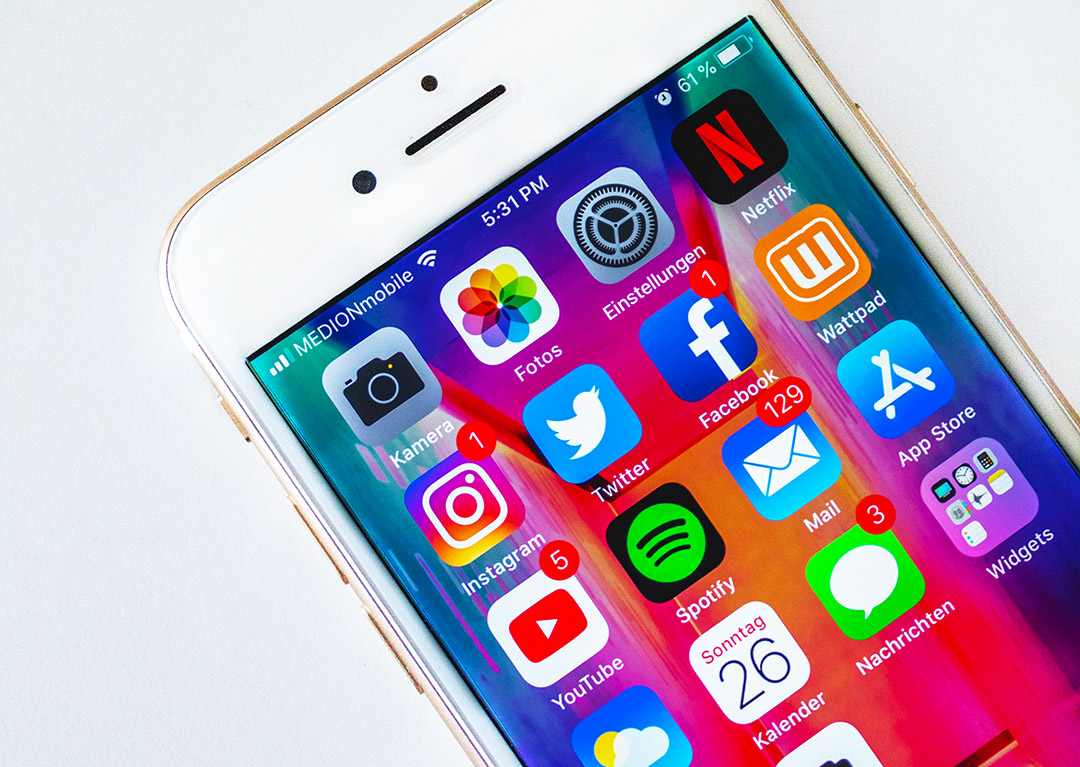Many luxury brands use social media channels, such as Facebook, Instagram, or Twitter, to communicate with consumers worldwide. The relevance of social media channels for luxury brand communication is likely to increase even more as luxury brands increasingly shift their advertising budgets from print to digital media.
“Luxury brands are brands that are perceived as high in quality, have a prestigious image, offer authentic value through functional and emotional benefits, inspire a deep connection with consumers, and therefore can command premium prices.”
Thus, researchers exert considerable effort to assess the advantageousness of luxury brands’ social media activities. Existing research generally advocates the use of social media activities for luxury brands but offers little advice on how to design effective brand communication in social media.
Against this backdrop, this study investigates which characteristics of luxury brands’ social media content elicit positive consumer emotions. Specifically, we examine the impact of non-personal luxury dimensions (quality, heritage, conspicuousness, uniqueness) and personal luxury dimensions (hedonism, extended self) on consumers’ affective responses to luxury brand posts. We focus on positive consumer affect due to its key role in fostering long-term customer relationships, a central objective of luxury brands.
“To measure consumer affect in social media, we introduce a new measure that we label the ‘love ratio’ (LoveR). We consider LoveR an important extension of commonly investigated outcomes, such as likes or shares, which are considered fairly low-level forms of engagement.”
The results from a large-scale field study of luxury brand posts on Facebook and an online experiment reveal that non-personal luxury dimensions evoke more positive affect than personal luxury dimensions. However, the potential to elicit positive consumer affect also substantially varies among the individual luxury dimensions within each of the two groups. We explain these variations by theoretically arguing and empirically demonstrating that the brand luxury dimensions differ in perceived vividness, determining the ease with which consumers process the communication.
Our findings help managers “engineer” social media content that contributes to strong consumer-brand relationships. Importantly, our results reveal that contemporary managerial practice is subpar. Although many luxury brand posts indeed feature quality appeals, managers currently overuse uniqueness and underuse heritage, which has a positive impact on consumer affect.
Full reference: Mandler, Timo, Marius Johnen, Jan-Frederik Gräve (2020), “Can’t Help Falling in Love? How Brand Luxury Generates Positive Consumer Affect in Social Media,” Journal of Business Research, 120, 330–342. https://doi.org/10.1016/j.jbusres.2019.10.010
Cite for: Luxury brands, consumer affect, social media, consumer engagement, love reactions, perceived vividness, overview of brand luxury typologies (Table 1), luxury brand sample (Table 2), codebook for luxury dimensions (Web Appendix)




